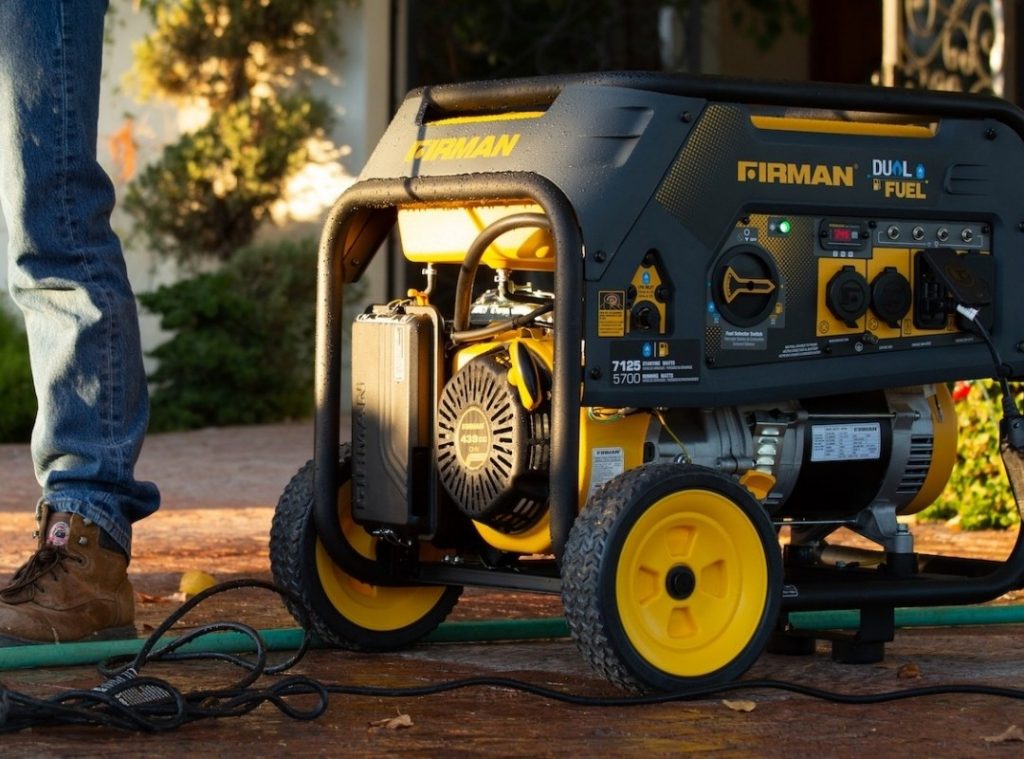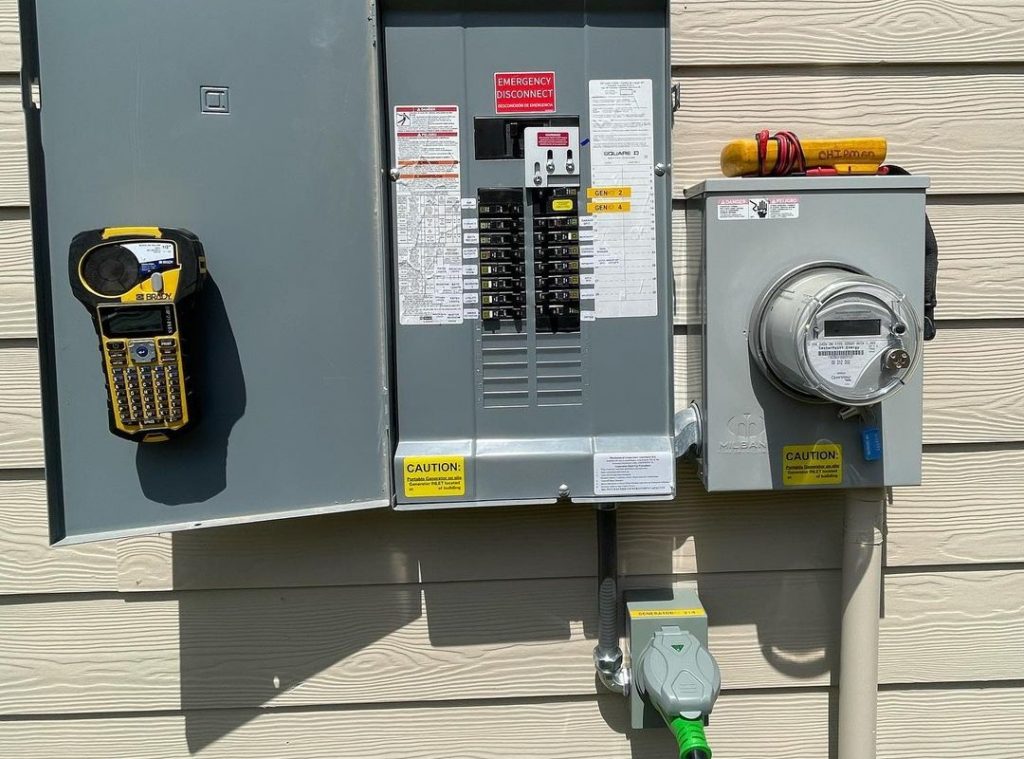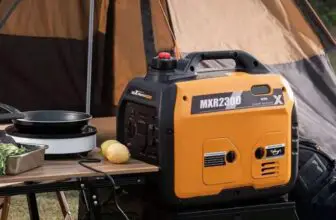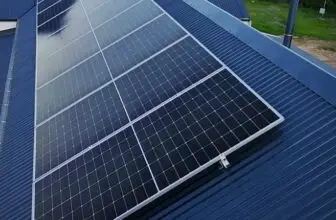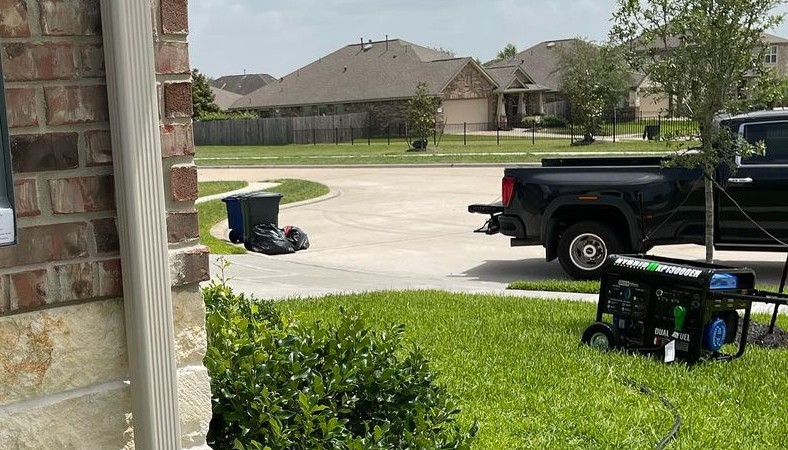
When the power goes out, or you’re away from an outlet, a generator can be a lifesaver. However, before you start using one, there are a few things you need to do to make sure it’s safe for your electronics.
Perhaps you’ve heard horror stories about generators destroying electronics. Or maybe you’ve experienced it yourself. In either case, you probably want to know how to make a generator safe for electronics.
In this article, we will talk about generators as the main or backup power source in the country house or in any other building (store, shop, production facilities) and about their proper connection.
Why it Matters
Contents
Using a power generator in the house can be done in 2 ways: by connecting electrical appliances directly to the socket of the unit through an extension cord and by integrating the generator into the general power grid of the premises.
If the first method is suitable for infrequent and short-term use (e.g., in the country or in the countryside), the second method is used for prolonged interruptions with electricity or its complete absence at the facility.
It is extremely important to choose the right connection method. This can affect all of your appliances plugged in and damage them.
Precautions
Basic recommendations for the safe operation of generators:
- The generator should only be used outdoors, away from the room;
- Also, never start the generator in the house or garage, even if it is ventilated;
- Additionally, purchase a CO2 sensor. This device will detect the approach of the dangerous level of gas concentration in the air and notify you in time;
- The generator should be parked in a dry, roofed area or in a shed in order to avoid contact with precipitation or the formation of condensation;
- In addition to the integrity of the generator, the condition of the extension cords used to connect the appliances should also be checked;
- Connect the generator to the house wiring by a specialist who will select the necessary equipment for safe operation;
- Study the specifications of the generator. Use 75% of the stated power of the appliance to avoid overloading;
- Portable generators must be grounded before each start-up;
- Fuel must be stored in an insulated container away from the home and away from the generator;
- The room where the generator is installed must be kept clear of unnecessary items.
How Generator Works
Generator wiring diagram
There are several ways to use the auxiliary power supply:
- Connecting via a separate standby circuit to a dedicated group;
- Using a three-position switch or toggle switch. To power the entire circuit, jumpers are made on the generator side of the input. The only disadvantage is that three-phase consumers do not work;
- Installation of two contacts for power supply from the reserve source and the city network. This method is used for AVR. On the reserve side, it is obligatory to make jumpers.
How to Make a Generator Safe for Electronics
Most of us use electronic devices on a daily basis, and while they make our lives easier, replacing them can be costly. Here are some tips to help you protect your electronics when you use a generator:
- Generator surge protector
Use a surge protector. Power surges can damage your electronics and the generator, so it’s important to use a surge protector to help protect them. - Turning off unnecessary electrical appliances
Unplug electronics when you’re not using them. This can help prevent damage from power surges and other problems. - Use a surge arrester
An electrical surge arrester is a device used to protect electrical equipment from damage caused by sudden or intense spikes in voltage. These spikes can occur due to lightning strikes, power outages, or other electrical faults. Surge arresters work by diverting the excess voltage away from sensitive equipment and into the ground, where it can be safely dissipated. - Be careful with liquids.
Spills can damage your electronics, so it’s important to be careful when you’re using them. Spilling liquid on an electrical appliance or generator can ruin it or even cause a short circuit. - Power inverter
If you haven’t bought a generator yet, consider one with a power inverter. A power inverter is a device that transforms AC power from the input to DC and then back to AC. The AC power produced is more consistent and therefore cleaner for your electronics. If you have a generator that doesn’t have an inverter, you can purchase and install one so that it produces more reliable power. - Automatic Voltage Regulators (AVR)
An automatic voltage regulator (AVR) is a device used in electrical power distribution systems to regulate the voltage of the system. It is a type of voltage regulator that is designed to automatically maintain a constant voltage level in the system.
The AVR is a feedback control system that compares the output voltage of the system with a reference voltage and adjusts the voltage of the system to match the reference voltage. The AVR is used to protect the system from voltage fluctuations and to ensure the stability of the system. - Generator power line conditioner
A generator power line conditioner is a device that is used to improve the quality of the power supplied by a generator. With it, you will get generator clean power. By conditioning the power, the generator power line conditioner can help to reduce or eliminate problems such as voltage sags, power surges, and line noise. The generator power conditioner is an indispensable thing if you want to secure your electrical appliances. - Uninterruptible Power Supply (UPS)
An uninterruptible power supply (UPS) is a device that provides emergency power to fails for emergency power supply in case of power failure. A UPS differs from an auxiliary or emergency power system or standby generator in that it will provide near-instantaneous power by supplying energy stored in batteries, supercapacitors, or flywheels.
A UPS is typically used to protect hardware such as computers, data centers, and other electronic equipment from damage or data loss due to power outages, power surges, and power brownouts. There are UPS with a generator mode. They are ideal for operation together with a generator.
Following these tips can help you protect your electronics and keep them working properly for longer.
Recommendations
- Make sure the generator is properly grounded. This will help prevent electrical shock;
- Use the proper size and type of extension cord. The cord should be able to handle the power output of the generator. Using the wrong cable can cause a fire;
- Make sure the generator is in a well-ventilated area. This will help prevent carbon monoxide poisoning. If it is a room, it is desirable to have a CO sensor present;
- Follow the manufacturer’s instructions for starting and operating the generator. This will help you not lose your warranty will extend the life of your generator and keep all your mains electrical appliances safe;
- The three-position switch does not have a thermal or electromagnetic disconnector. For this reason, each inlet must be protected by a circuit breaker that trips when the permissible load is exceeded;
- The generator reacts negatively to no load. Constant consumption should be less than a maximum of 30% of the highest-rated value. For minimum consumption, compact models with 2-3 kW power should be used for the time when there is no power in the mains.
Frequently Asked Questions
A list of questions that most often arise.
Is it safe to power electronics with a generator?
It is safe to power electronics with a generator as long as the generator is properly grounded and the voltage and frequency are within the limits specified by the manufacturer of the electronics.
How do you protect sensitive electronics?
To protect sensitive electronics, you can use a variety of methods, including keeping them in a cool, dry place, using a surge protector, and unplugging them when they’re not in use.
What is a generator THD?
A generator THD is a device that is used to generate a three-phase electrical power supply from a single-phase power supply. Often the THD generator comes with a generator THD filter
Can you plug a cell phone into a generator?
Yes, you can plug a cell phone into a generator. If you have done everything correctly and your generator is grounded, and stabilized, then the phone as well as other electronics are not in danger.
Conclusion
In this article, we have covered the basic methods that will help you make the generator safe for all the electronics in the house. We recommend that you use all of the methods from simple disconnection of unnecessary electrical appliances to the use of a power conditioner for the generator. It is desirable to use all methods or combine them and choose the ones that suit you best. I hope that after reading this article you do not have any questions about this topic.

